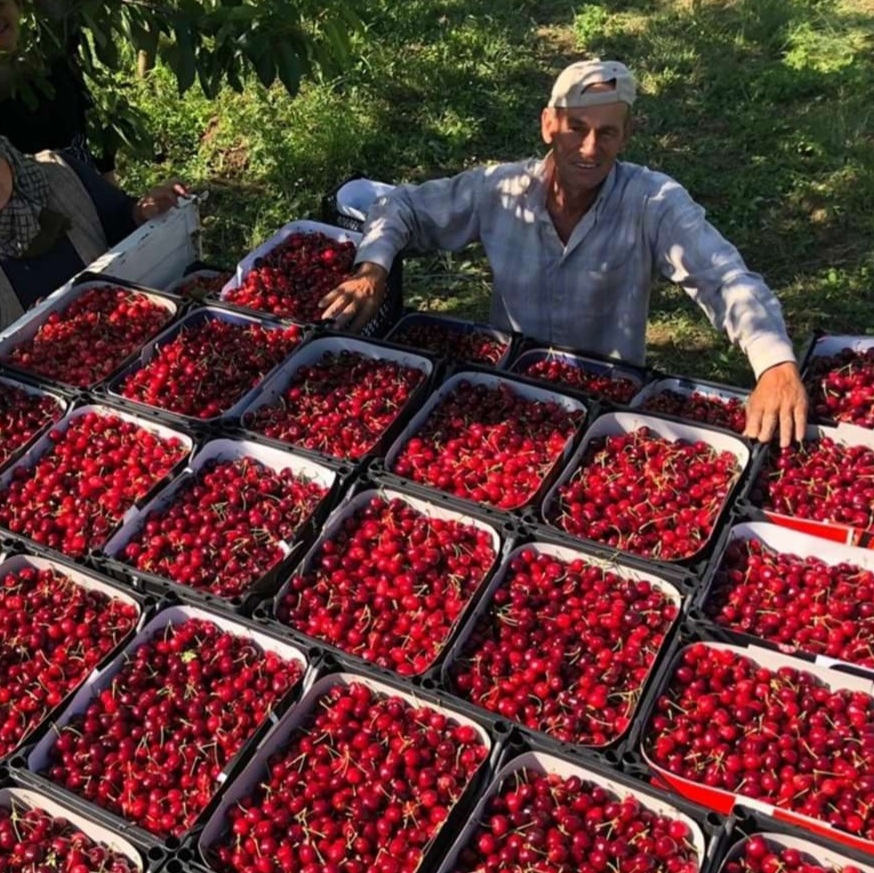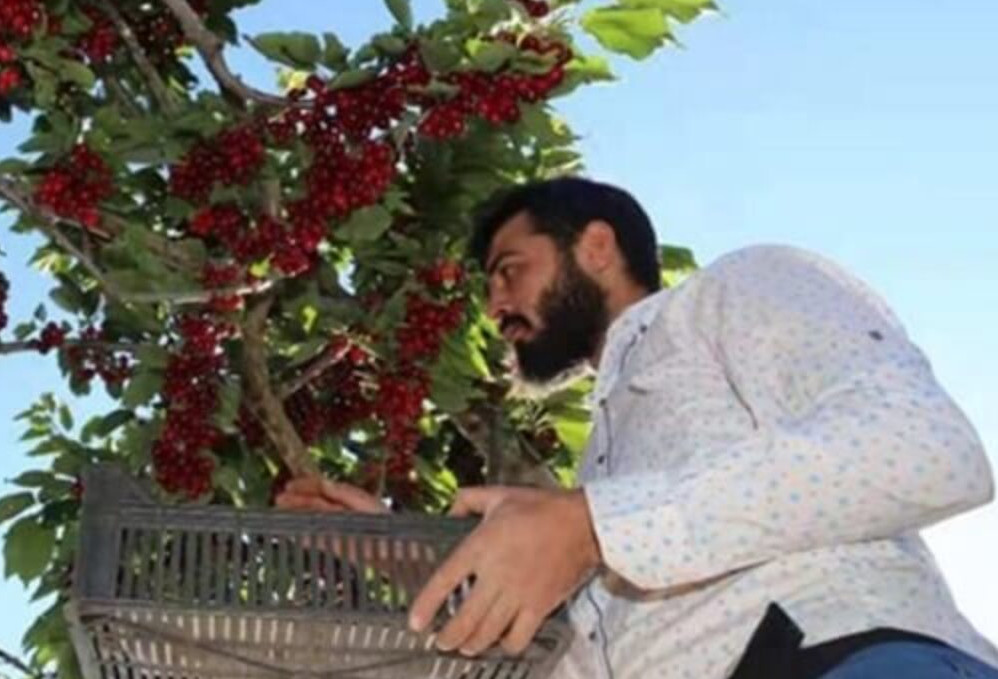The wild genotypes of fruit species are a significant source of phenotypic variability and offer valuable material for the development of new cultivars.
The area of origin of the cherry tree is situated in the regions between the Black Sea and the Caspian Sea, from where it then spread to many parts of the globe, where it can nowadays be found both in wild and cultivated forms.
The wild cherry tree is a self-incompatible plant that generally produces fruits of various shapes and sizes, characterized by a more bitter taste compared to cultivated varieties.
For this reason, it is mainly used as a rootstock.
Cultivated varieties and research
Regarding the cultivated varieties, in recent decades many new genotypes have been created, each with different interesting characteristics such as low susceptibility to cracking, low chilling requirements, early ripening, and high resistance to abiotic stresses.
But research cannot stop here: the challenges in the cherry sector are constantly evolving, and genetic selection can help us successfully address them.
With this in mind, the objective of the study published in March in the journal Horticolturae was to characterize and elucidate the phenotypic variability of wild cherry genotypes (Prunus avium L.), which are both spontaneous and cultivated in the flora of the Northeast European region.
For this, researchers from various research centers in Romania have sought to determine which traits are the most interesting and worthy of inclusion in a commercial cultivar by examining the biochemical composition and physical characteristics of the crops.
Collection and sampling
In the northeastern region of Romania, 39 cherry tree genotypes were collected from the spontaneous or cultivated flora of various geographical regions with abundant genetic and phenotypic resources of sweet cherry over the course of five years (2018–2022).
The samples were collected in situ in the following five districts: Iași (19 genotypes), Neamț (3 genotypes), Suceava (8 genotypes), Vrancea (1 genotype), and Vaslui (8 genotypes).
The cherry genotypes examined were selected as representative of the phenotypic variability observed in the field and named from G1 to G39.
All the trees were selected for their high productive yield, attractive fruits, and intrinsic resistance to diseases and pests.
Analysis and results
They were about 30-40 years old.
After sampling, the fruits were analyzed to characterize their qualitative profile.
All genotypes showed small-sized fruits but with extraordinary nutraceutical properties.
G10 and G11 showed the highest fruit weight, which was 3.2 g.
The antioxidant capacity of G32 and G33 was the highest, at 98.22% and 96.71% respectively, while the highest total soluble solids were detected in G19 and G25 (28.2°Brix and 26.0°Brix, respectively).
Cluster analysis showed a great phenotypic diversity among the studied populations, with genotypes classified based on qualitative and quantitative fruit traits per genotype, without separating any group of genotypes based on their geographical origin.
This leads to the conclusion that the genotypes under investigation are valuable phenotypic resources that can be used to improve the cherry gene pool and further enhance the fruit's characteristics, especially increasing its nutritional level.
Source: Sîrbu, S.; Oprică, L.; Popovici, L.-F.; Sîrbu, C.; Mineață, I.; Ungureanu, I.V.; Golache, I.E. Fruit Characteristics of In Situ Collected Sweet Cherry (Prunus avium L.) Genotypes. Horticulturae 2025, 11, 340. https://doi.org/10.3390/horticulturae11030340
Image source: Cancan
Melissa Venturi
University of Bologna (ITA)
Cherry Times - All rights reserved












